-
Exploring Northern Vietnam the smart way
Planning a motorbike adventure in Ha Giang? One of the smartest things you can do before hitting the road is get familiar with the route. The Ha Giang Loop is full of spectacular sights, but without proper navigation, you might miss some of the region’s most authentic experiences.
Why You Need a Ha Giang Loop Map
The Ha Giang Loop is not a simple ride—it's a network of winding mountain roads, remote villages, and changing weather. A ha giang loop map is essential for understanding the full route and planning your trip around the most important attractions, fuel stops, and overnight stays.
Most riders begin the loop from Ha Giang City and follow a counterclockwise path through Quan Ba, Yen Minh, Dong Van, and Meo Vac, before looping back. With a reliable map, you can visualize detours, scenic spots, and how many kilometers you’ll cover each day, ensuring you don’t end up in a remote area after dark.
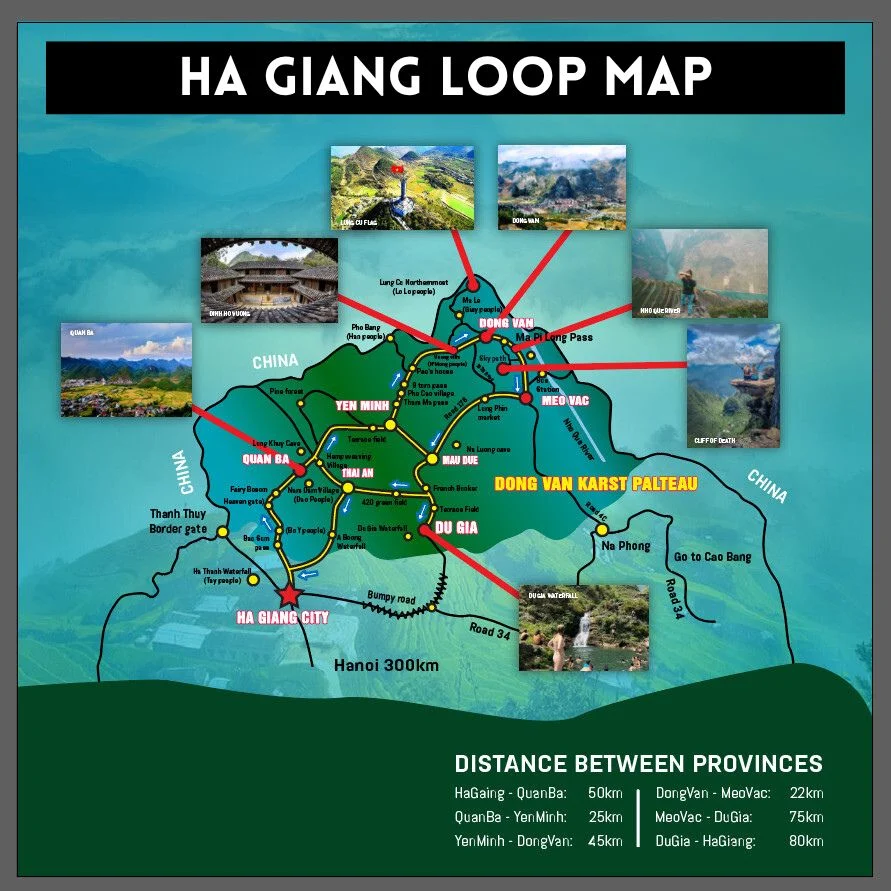
Plotting Your Route to Dong Van Market
While every village has its charm, one of the highlights of the loop is the famous dong van market, which takes place every Sunday. Nestled in Dong Van Town, this vibrant market draws locals from several ethnic groups, including the Hmong, Tay, and Dao.
If you're using a ha giang loop map to chart your course, make sure to time your arrival in Dong Van for the weekend. The market is more than just a place to buy and sell—it’s a cultural exchange, a photography dream, and a chance to see traditional attire, livestock trade, and delicious local street food.
Staying overnight in Dong Van on Saturday is a smart move so you can wake up early and fully enjoy the market experience without rushing.
How a Map Enhances Your Experience
Traveling with a detailed map allows you to find alternate routes and hidden gems off the beaten path. Some digital maps are now available offline, and ha giang city hostel even provides hand-drawn versions with personal tips from previous travelers.
These maps highlight local viewpoints, like Tham Ma Pass and Lung Cu Flag Tower, and let you plan bathroom or food stops more efficiently. In areas with limited mobile service, especially between Dong Van and Meo Vac, having a paper map as backup can be a lifesaver.
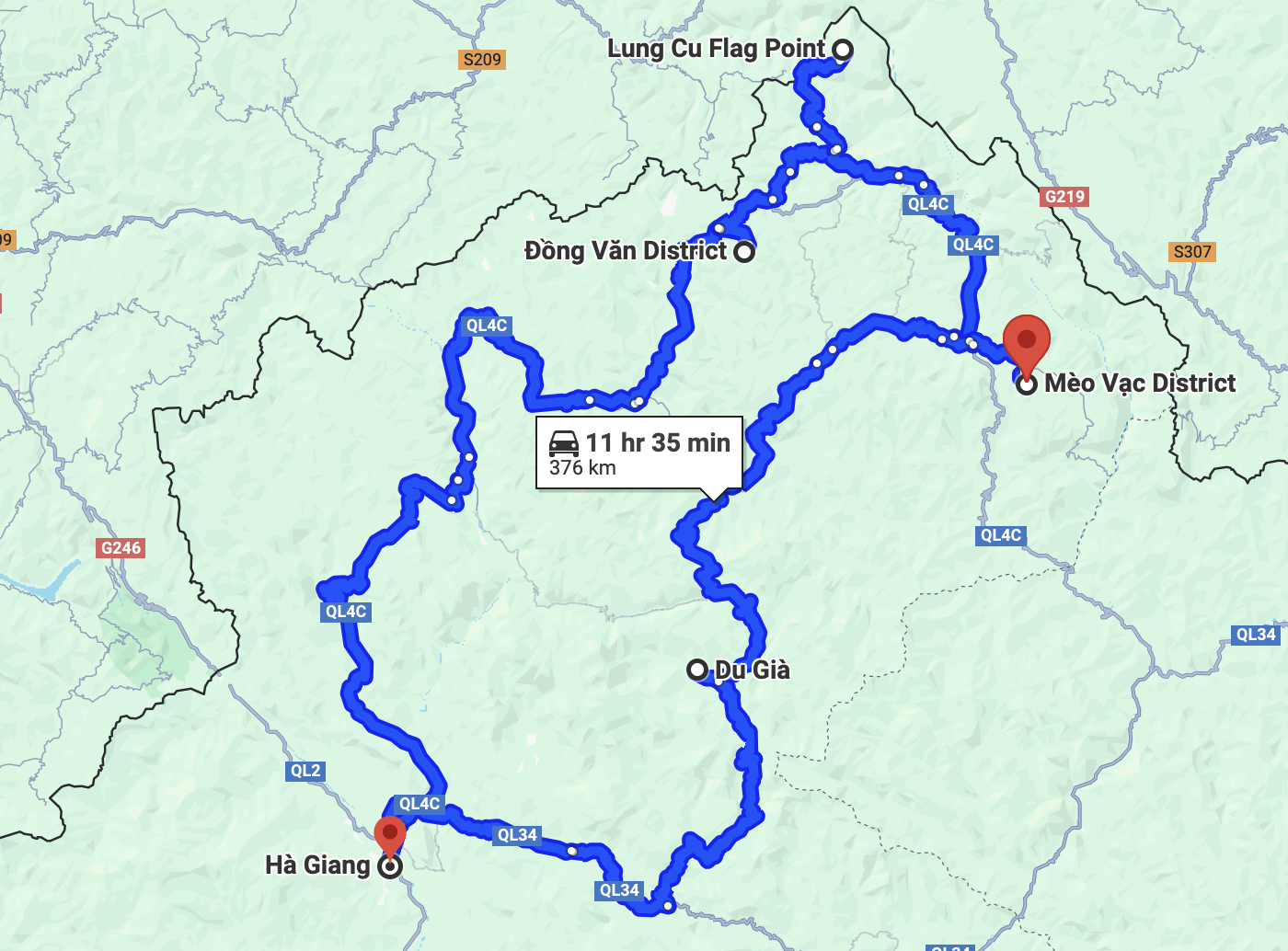
Navigating Safely and Smartly
Although the roads of the Ha Giang Loop are increasingly popular, some parts remain tricky to navigate. Sharp mountain curves, fog, and livestock crossings are common. A map helps you anticipate these stretches so you can slow down accordingly.
Certain sections have few petrol stations, and even fewer mechanics, so mapping out fuel points before departure is essential. Hostels in Ha Giang City often mark these on their maps and suggest where to top up your tank.
Where to Begin Your Journey
Your first stop should be ha giang city hostel, where staff can help you choose a map based on your preferred route and travel days. The hostel provides motorbike rentals, safety gear, and up-to-date information on road conditions and weather.
Many travelers gather here to form riding groups, exchange tips, and review the loop together on a large map posted in the common area. It’s the perfect environment to make friends and get inspired before the adventure begins.
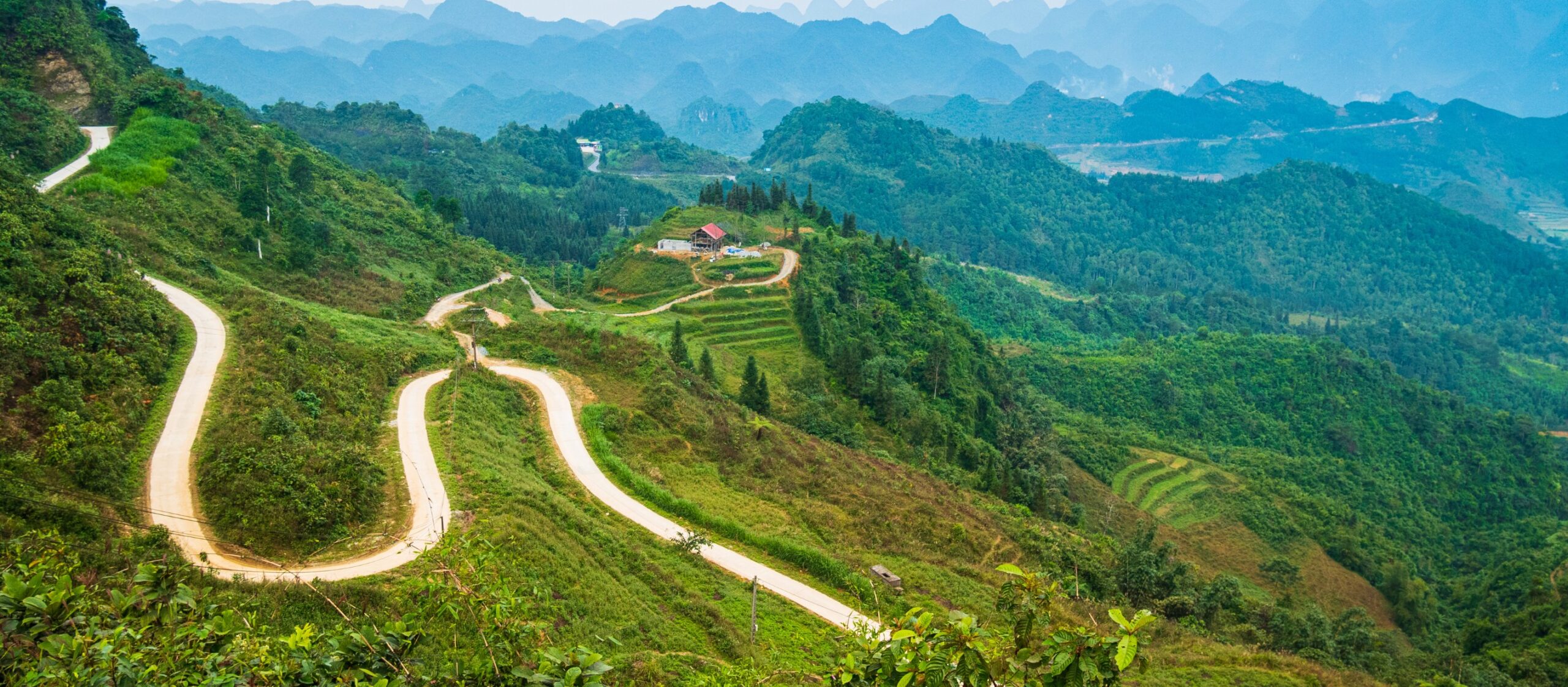
Make Room for Local Experiences
Your ha giang loop map should include time for immersive cultural moments. Besides dong van market, consider visiting Hmong King's Palace, Lung Tam weaving village, and Ma Pi Leng Pass. These aren't just attractions—they are windows into the soul of the region.
Even spontaneous stops, like joining a local family for tea or playing with village children, are made possible when you plan your route wisely. A well-paced itinerary built on a map gives you the freedom to say “yes” to the unexpected.
Wrap-Up: Go Prepared, Go Deeper
The Ha Giang Loop is a once-in-a-lifetime ride, but it becomes so much more meaningful with the right tools. A ha giang loop map doesn’t just help with navigation—it unlocks local culture, safety, and unforgettable scenery. Make sure to mark your Sundays for dong van market, and trust the staff at ha giang city hostel to set you up for a seamless, exciting journey.
PR -
Unlocking the beauty of Northern Vietnam
Tucked away in Vietnam's rugged north, Ha Giang offers some of the most scenic landscapes in Southeast Asia. To fully appreciate this remote wonderland, understanding your route is key. Whether you’re riding solo or joining a guided tour, a clear plan built around the Ha Giang Loop will lead you to unforgettable moments.
Planning Your Adventure with a Ha Giang Loop Map
Before you rev up your engine, it’s essential to study the ha giang loop map. The loop stretches roughly 350 kilometers and typically begins in Ha Giang City, winding through small towns like Tam Son, Yen Minh, Dong Van, and Meo Vac. Knowing the full scope of the route lets you prepare for rest stops, fuel stations, and accommodation in advance.
Mapping out the journey also helps you estimate the best places to break for the night. While some riders complete the loop in three days, four or five days will allow you more time to explore hidden corners and interact with local communities.
Where the Road Gets Steep and Stunning: Ma Pi Leng Pass
No trip through the Ha Giang Loop is complete without conquering the majestic ma pi leng pass. Often called the most breathtaking mountain pass in Vietnam, this stretch connects Dong Van and Meo Vac, offering dramatic views of limestone peaks and the emerald Nho Que River far below.
As you approach Ma Pi Leng Pass, expect winding cliffside roads, occasional mist, and plenty of stops for photography. The pass is a highlight for thrill-seekers, but it also requires caution—riders should slow down and be extra careful, especially in rainy conditions. Having a route marked on your ha giang loop map can help identify safer pull-over spots and scenic viewpoints.
Navigating the Loop with Confidence
Although mobile signal can be unreliable in the mountains, a printed ha giang loop map or offline GPS is a rider’s best friend. The roads are generally paved but can be narrow or bumpy in more remote areas. Take note of gas stations, which are less frequent after Yen Minh, and prepare accordingly.
When planning, be sure to include alternate routes in case of road closures or weather issues. Locals and hostel staff can offer real-time tips. At ha giang city hostel, travelers often share map notes and updates that can save you time or help avoid rough patches.
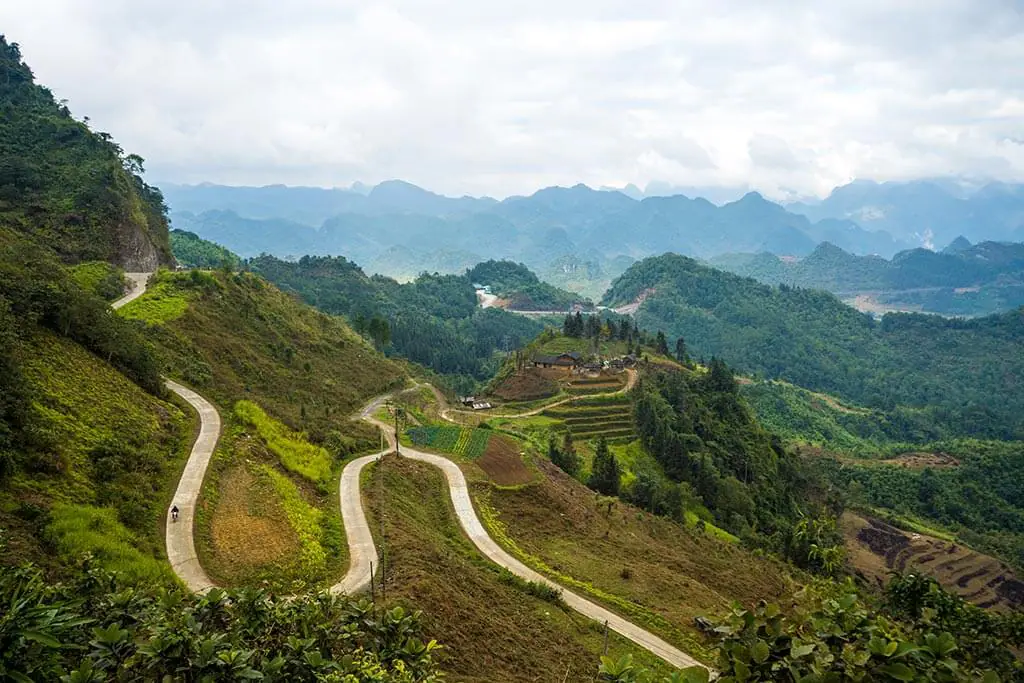
Must-See Stops Along the Loop
Along with Ma Pi Leng Pass, the loop offers many other gems. Tam Son is home to the Twin Mountains near Quan Ba Heaven Gate. Yen Minh provides cooler forest scenery, while Dong Van features an old town with French colonial charm and a lively Sunday market.
After the thrill of Ma Pi Leng Pass, Meo Vac introduces you to vibrant local culture, especially on market days when ethnic minorities gather to trade goods. Depending on your route, you can also make a detour to Lung Cu Flag Tower or Du Gia Waterfall for a more immersive experience.
Plotting these locations on your map ensures you won’t miss highlights, even if you travel slowly or take a flexible schedule.
Where to Stay and Start Your Ride
Your journey begins at the base of the loop in Ha Giang City, where ha giang city hostel offers not only accommodation but also motorbike rentals, safety gear, and detailed maps. The hostel staff provide route briefings and daily updates on weather and road conditions, giving you a reliable foundation before setting off.
Choosing a trusted hostel means you can ask questions, get help if needed, and even join group rides if you're unsure about going solo. The hostel also helps coordinate luggage storage or transport if you prefer to ride light.
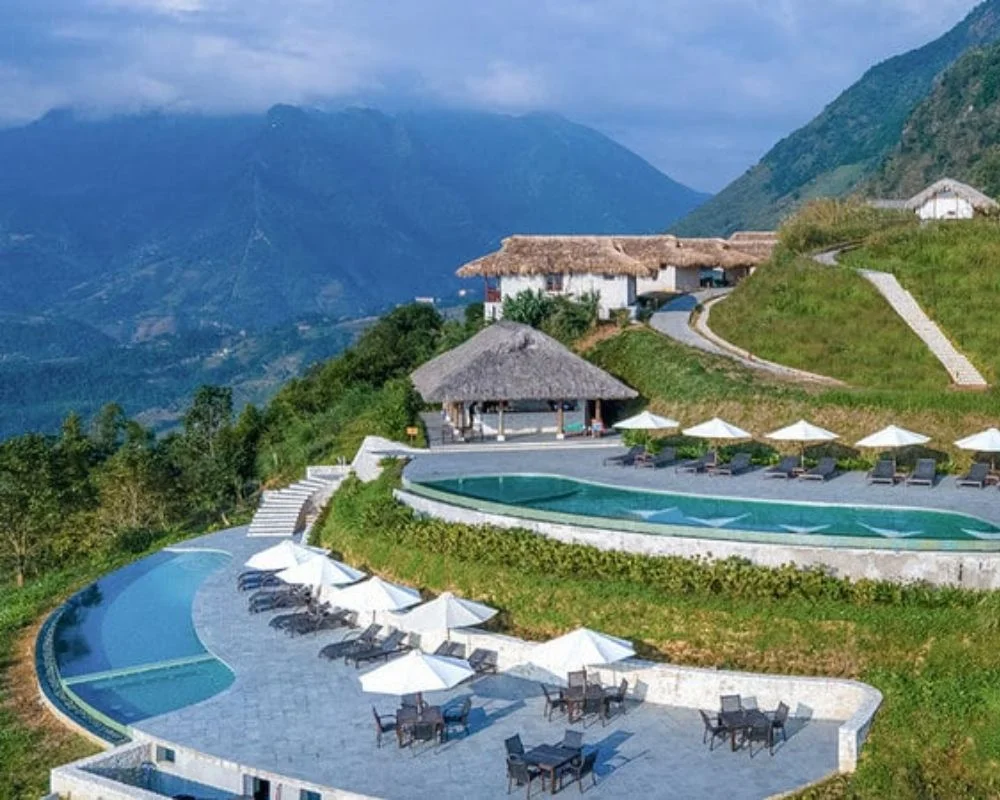
Be Prepared for the Unexpected
Even with a solid ha giang loop map, unexpected weather, landslides, or detours may occur. Packing properly—rain gear, a portable charger, basic medical supplies, and snacks—can make a big difference. The mountain climate changes quickly, and fog or drizzle is common in higher areas like Ma Pi Leng Pass.
Don’t be surprised if your most memorable experiences are unplanned—like a shared cup of tea with a Hmong family or an impromptu soccer game with local kids.
Your Adventure Begins with the Right Tools
Traveling the Ha Giang Loop is more than just a road trip—it’s a deep dive into culture, nature, and self-discovery. With a reliable ha giang loop map, and expert support from ha giang city hostel, you can ride confidently, knowing every turn holds something remarkable.
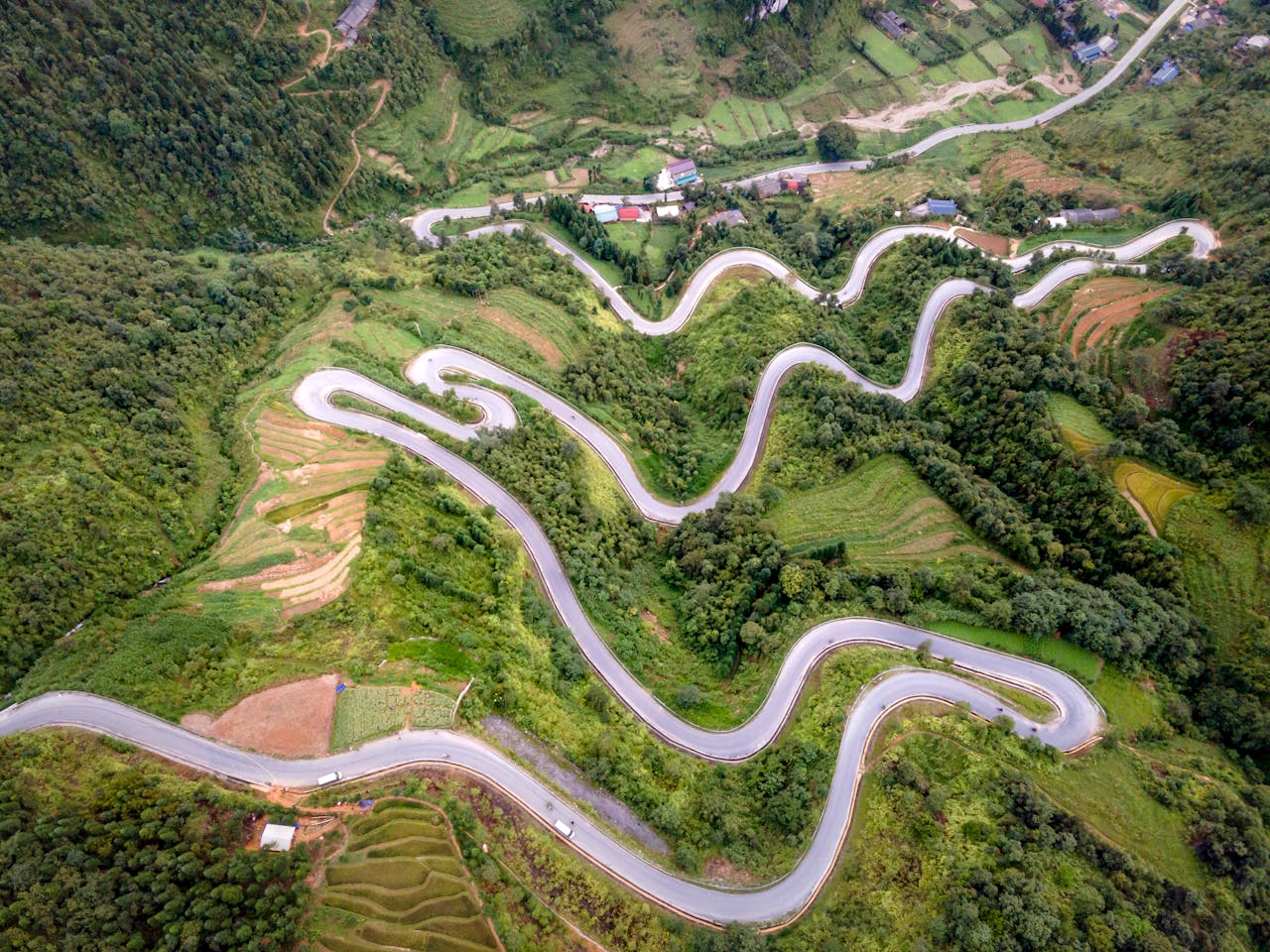
From the sheer cliffs of ma pi leng pass to the quiet warmth of village homestays, the loop has something for every traveler who dares to go off the beaten path.
-
A journey through the North’s most scenic frontier
Tucked in Vietnam’s remote northern mountains, Ha Giang province is a destination that rewards the curious and the adventurous. Whether you're an experienced rider or a first-time explorer, planning your route carefully can make the difference between a rushed ride and a deeply rewarding journey.
Understanding the Route Before You Ride
Before hitting the road, it's essential to get familiar with the ha giang loop map. The loop typically starts and ends in Ha Giang City, stretching over 350 kilometers of winding roads, sharp passes, and breathtaking views. Key towns along the loop include Tam Son, Yen Minh, Dong Van, and Meo Vac, forming a circular route through rugged karst landscapes and ethnic minority villages.
Having a clear idea of the map allows you to budget your time wisely, know where fuel stations are, and anticipate which segments offer accommodation or require cautious riding. A physical map or offline GPS app is strongly recommended due to limited mobile service in the mountains.

Your First Stop with a View: Quan Ba Heaven Gate
One of the most iconic spots early in the loop is quan ba heaven gate, located just an hour’s drive from Ha Giang City. This natural gateway offers the first sweeping panoramic views of the surrounding valleys and limestone peaks, giving travelers a stunning preview of what’s to come.
As you ascend the winding road, the temperature cools and the scenery shifts. At the top, you’ll find a viewpoint overlooking the famous Twin Mountains (Fairy Bosom Hills), a natural wonder shrouded in local legends. It’s a great spot to stretch your legs, take photos, and mentally prepare for the adventure ahead.
Plotting the Highlights on the Ha Giang Loop Map
The ha giang loop map includes several must-see destinations, each with its unique flavor. In Yen Minh, pine forests and valleys create a serene atmosphere, ideal for a lunch break or overnight stay. Dong Van boasts a historical Old Quarter with stone houses and vibrant Sunday markets, perfect for cultural immersion.
Continuing on, the Ma Pi Leng Pass presents the most dramatic scenery on the loop, where you ride along cliffs overlooking the Nho Que River. This segment is often considered the crown jewel of the route. Finally, Meo Vac offers a vibrant local market and access to remote villages that remain largely untouched by tourism.

Using a map, you can plan detours to hidden gems like Lung Cu Flag Tower (Vietnam’s northernmost point), Du Gia waterfall, and traditional villages that showcase the culture of ethnic groups such as the Hmong, Tay, and Dao.
Where to Stay and How to Prepare
Throughout the loop, you'll find guesthouses and homestays in most major towns. If you're starting your journey in the capital of the province, ha giang city hostel is a reliable choice. They offer motorbike rentals, route briefings, safety gear, and even guided tours if you prefer not to ride solo.
Staying at a hostel with local expertise ensures you’re not just following a route, but truly understanding the cultural and natural significance of each stop. They often provide updated ha giang loop map details based on current weather, road conditions, and local events.
Safety First: Navigating the Terrain
The Ha Giang Loop is known for its steep passes and hairpin turns. While the beauty is unmatched, the terrain demands focus and caution. Make sure your motorbike is in good condition and that you’re comfortable riding for long stretches. Bring a raincoat, protective gear, and backup fuel if venturing off the main path.
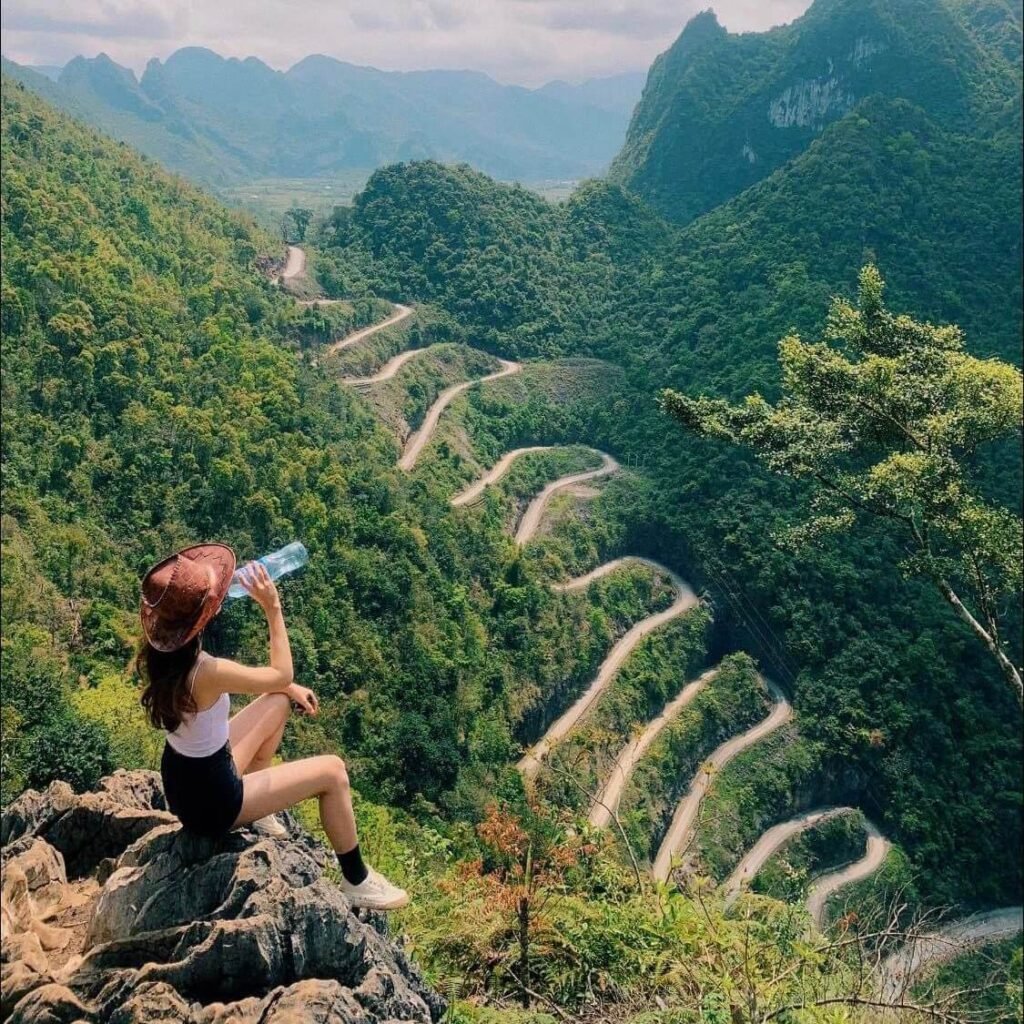
Knowing where medical stations or rest stops are located on your map can be a literal lifesaver in remote areas. It's also wise to inform your accommodation of your route in case of emergency.
Embrace the Unexpected Moments
While having a ha giang loop map helps you stay on course, don’t be afraid to take spontaneous detours or pause when something catches your eye. Whether it’s joining a local festival, helping farmers with their harvest, or sipping tea with a curious child, the real magic of the loop lies beyond the landmarks.
Let your journey be flexible, respectful, and open-hearted. The mountains may test your stamina, but they’ll also gift you with experiences that last a lifetime.
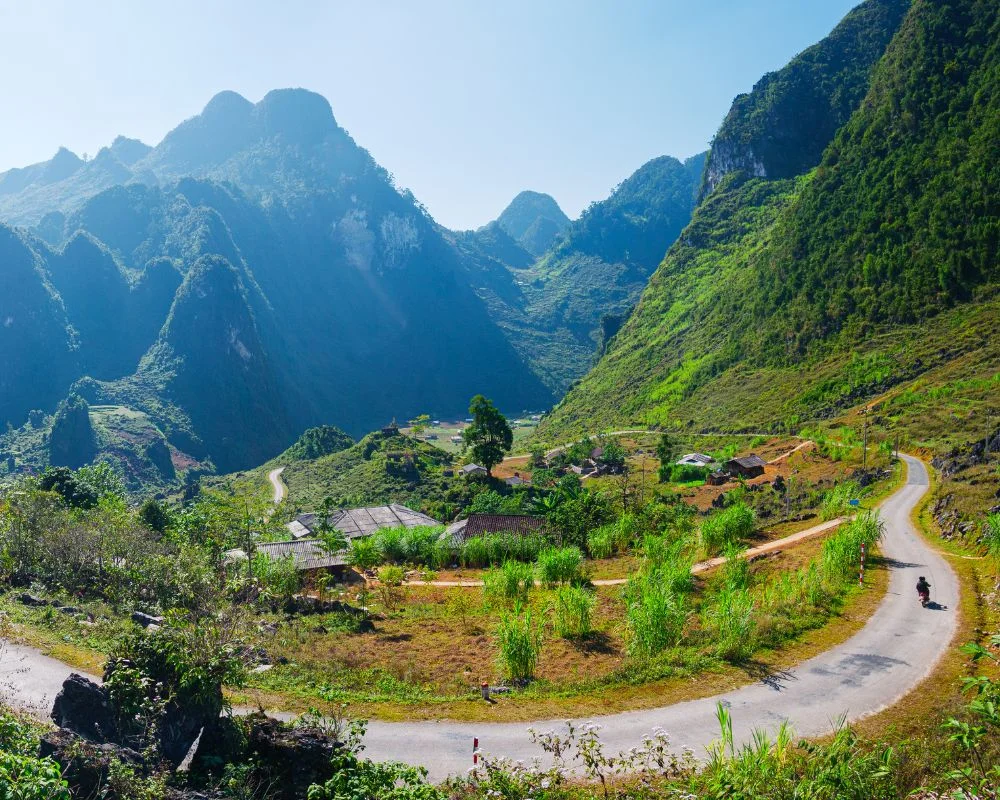
Final Thoughts Before You Ride
The Ha Giang Loop isn’t just a road trip—it’s a cultural gateway to one of Vietnam’s most captivating regions. With the right planning, especially using a reliable ha giang loop map, and support from experienced hosts like those at ha giang city hostel, your adventure can be safe, smooth, and unforgettable.
Whether you're chasing scenic beauty or local connections, your journey through Quan Ba Heaven Gate and beyond will redefine what travel means.
-
Where culture speaks louder than words in Northern Vietnam
Deep in the rugged mountains of northern Vietnam lies a region where time slows down and tradition takes center stage. This is where cultural heritage isn’t displayed in museums but lived out every day—in vibrant markets, remote villages, and warm local smiles.
Discovering the Soul of Ha Giang on a Sunday Morning
For anyone traveling the Ha Giang Loop, timing your visit to coincide with the meo vac market on Sunday is essential. Tucked into a valley surrounded by towering limestone mountains, Meo Vac comes alive once a week with its most anticipated event—the bustling highland market.
The market gathers locals from different ethnic groups like the Hmong, Dao, Tay, and Lolo, all dressed in their colorful traditional attire. They walk or ride motorbikes down narrow mountain paths, carrying livestock, textiles, herbs, and handmade goods. For visitors, it’s a rare and authentic insight into local life—far from touristy hotspots.
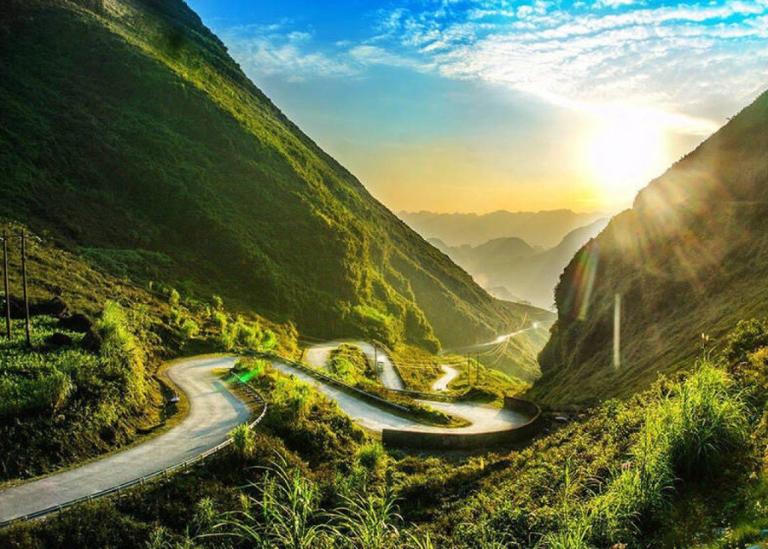
What Makes Meo Vac Market So Unique
Unlike city markets, the meo vac market is more than just a place of trade. It serves as a weekly reunion, a cultural celebration, and a critical social event for locals. You’ll see elders catching up over bowls of corn wine, young people flirting shyly by the clothing stalls, and entire families bargaining over pigs or chickens.
Wandering through the maze of vendors, you’ll discover brightly dyed fabrics, medicinal herbs, mountain vegetables, and steaming pots of local delicacies. Don’t miss trying thắng cố, a traditional stew, or the handmade sausages flavored with local spices.
An Artistic Gem: Visiting Lung Tam Village
Just a short journey from Meo Vac, the peaceful lung tam village offers a different but equally enriching cultural experience. This village, inhabited mostly by Hmong people, is renowned for its centuries-old craft of linen weaving and indigo dyeing.
Walking through Lung Tam, you can observe the intricate process of hemp weaving—from harvesting and spinning the fibers to dyeing and hand-embroidering beautiful textiles. These skills have been passed down through generations and are now part of community-based tourism supported by local cooperatives.
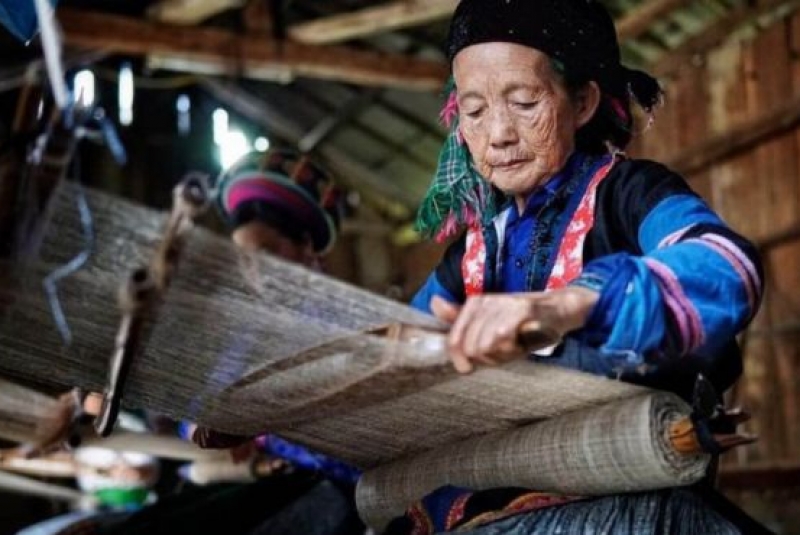
Purchasing textiles directly from Lung Tam not only brings home a meaningful souvenir but also supports local women artisans who sustain their families and preserve their heritage through this craft.
Connecting the Dots: Meo Vac to Lung Tam on the Ha Giang Loop
Both meo vac market and lung tam village are key highlights along the famous Ha Giang Loop, a motorbike route that captures the best of northern Vietnam’s nature and culture. For travelers with an interest in community-based tourism and traditional lifestyles, this segment of the loop offers the perfect balance between scenery and substance.
Staying with ha giang loop hostels is a smart way to plan your journey. These hostels often offer cultural insights, bike rentals, route guidance, and connections to local guides or interpreters, helping you engage more meaningfully with the people and places you encounter.
How to Prepare for Your Visit
Reaching Meo Vac and Lung Tam requires both planning and a sense of adventure. Make sure to check the weather conditions before you ride, as the mountain passes can be slippery and visibility may be low in the fog. The best time to visit is during the dry season from September to April.
If you're heading to meo vac market, arrive in town on Saturday evening to rest and explore the early morning rush on Sunday. For lung tam village, a daytime visit gives you enough time to tour the textile workshops, meet the artisans, and enjoy a scenic picnic by the river.

Pack light but smart—include warm layers, sturdy shoes, a reusable water bottle, and a camera to capture the beauty of both culture and nature.
The Reward of Traveling Slow in Ha Giang
Many visitors to Vietnam race through the typical tourist circuit, but those who venture north into Ha Giang find a richer, more grounded experience. In places like meo vac market, culture is not a performance—it’s a way of life. In lung tam village, you don’t just buy art—you meet the people who create it by hand, with care and pride.
Whether you’re a photographer, cultural explorer, or simply someone looking to experience something genuine, Ha Giang offers an unforgettable journey. Let ha giang loop hostels be your base as you explore a part of Vietnam where stories are woven in fabric, and memories are traded at dawn.
-
A cultural journey through the mountains of Northern Vietnam
Tucked in the heart of Ha Giang Province, a hidden gem offers an unfiltered view into Vietnam’s rich ethnic culture. Travelers seeking authentic experiences will find both wonder and warmth in the vibrant atmosphere of Meo Vac and its surroundings, especially during market day.
A Sunday Morning Like No Other in Meo Vac
If you're traveling through Ha Giang’s rugged terrain, plan your journey to coincide with a Sunday in Meo Vac. The meo vac market only takes place once a week, and it transforms the quiet mountain town into a lively cultural crossroads. Local ethnic groups including the Hmong, Tay, Dao, and Giay descend from the hills to trade, socialize, and celebrate their way of life.
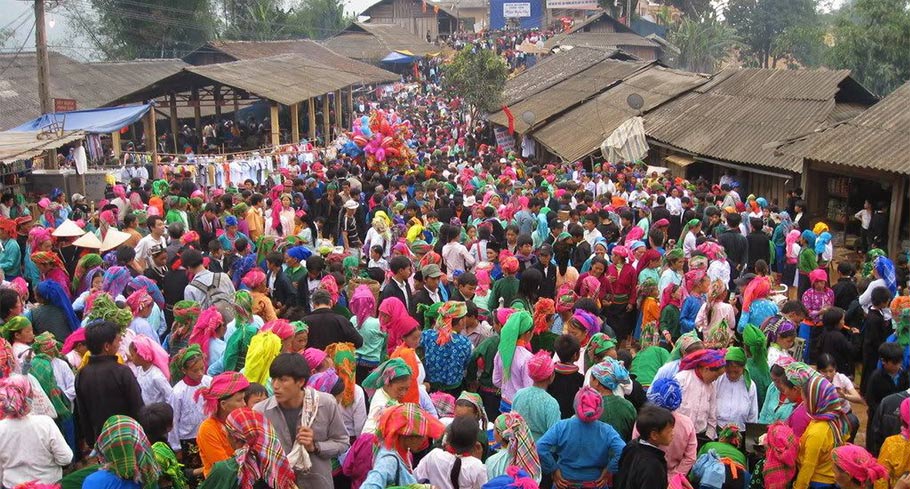
Arriving early gives you the best chance to witness the most activity. From colorful traditional garments to sounds of negotiation in different dialects, the market is a sensory feast. It's not just about buying and selling—it's about maintaining centuries-old traditions in a modern world.
Local Life on Display: Colors, Crafts, and Cuisine
Wandering through meo vac market, you’ll find rows of stalls selling textiles, fresh produce, spices, farming tools, and even livestock. The most visually striking are the handmade clothes and brocade accessories, each telling a story through embroidery and vibrant hues.
Food stalls invite you to try local delicacies such as thắng cố (a hearty stew) or corn wine brewed right in the nearby villages. These flavors might be new to the palate, but they speak volumes about the region’s deep-rooted connection to its land and traditions.
The Journey to Nho Que River: A Scenic Wonder Nearby
A visit to nho que river is the perfect complement to your market experience. Just a short drive from Meo Vac, this jade-green river cuts dramatically through the Tu San Canyon, creating one of the most majestic natural landscapes in all of Vietnam. While not as bustling as the market, the river offers peace, perspective, and a chance to slow down.
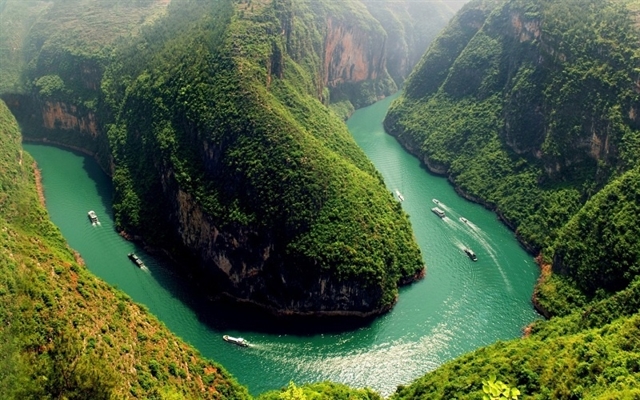
You can rent a boat to cruise through the canyon, where sheer cliffs rise above you and clouds drift between the peaks. Photographers and nature lovers alike find this to be a highlight of their Ha Giang Loop experience. The contrast between the human energy of the market and the serenity of the river makes for a balanced adventure.
The Ha Giang Loop: Where Culture and Nature Intersect
Both meo vac market and nho que river are key stops along the Ha Giang Loop, a motorbike route that attracts thrill-seekers, solo travelers, and cultural explorers. The loop weaves through mountain passes, ethnic villages, and natural wonders, offering changing scenery with every turn.
To make the most of this experience, plan your accommodations with ha giang loop hostels, which specialize in helping travelers discover the region responsibly. These hostels often provide motorbike rentals, local maps, group tours, and guidance that make navigating the area much easier and more enriching.
Tips for Visiting Meo Vac and Nho Que
Timing your visit is key. Arrive in Meo Vac on Saturday evening to rest before an early Sunday start at the market. From there, you can schedule a boat tour on the nho que river in the afternoon or early Monday morning when it's less crowded.
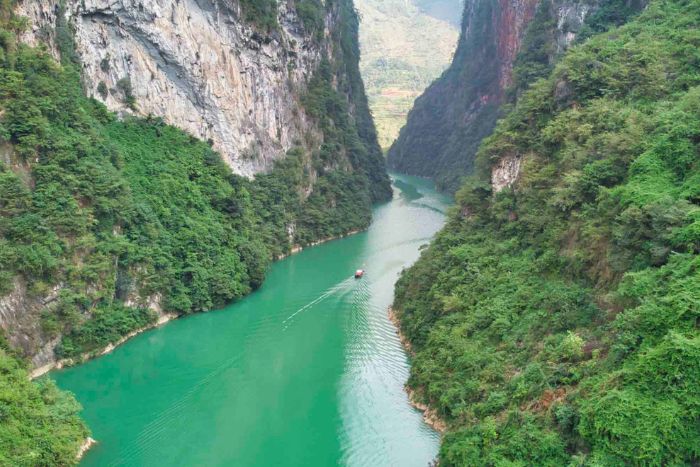
Prepare for a variety of weather conditions. Mornings in the mountains can be cold and misty, but the afternoons warm up quickly. Pack layers, waterproof gear, and proper footwear if you plan to hike or ride a motorbike on steep roads.
Most importantly, be respectful of local customs. Ask before taking photos, especially of people, and try to support local artisans and food vendors when possible. Your experience will be more meaningful when you engage with the community on their terms.
Why This Region Leaves a Lasting Impression
Northern Vietnam is often overshadowed by more famous destinations like Hanoi or Sapa, but places like Meo Vac and the nho que river offer something deeper—an unfiltered look into the lives of people who have thrived in these mountains for generations. From the bustling chaos of meo vac market to the breathtaking silence of the canyon below, this area is as diverse in experience as it is in landscape.
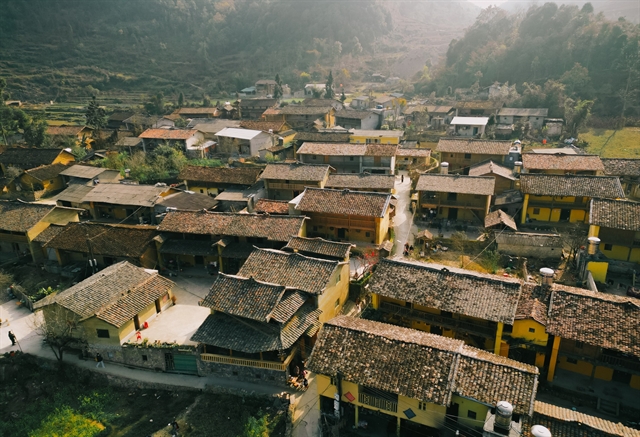
Whether you're a solo traveler on a motorbike, a photographer chasing unique light, or a cultural enthusiast eager to learn, the Ha Giang Loop has something to offer. Let ha giang loop hostels be your guide to unlocking it all, one turn at a time.
